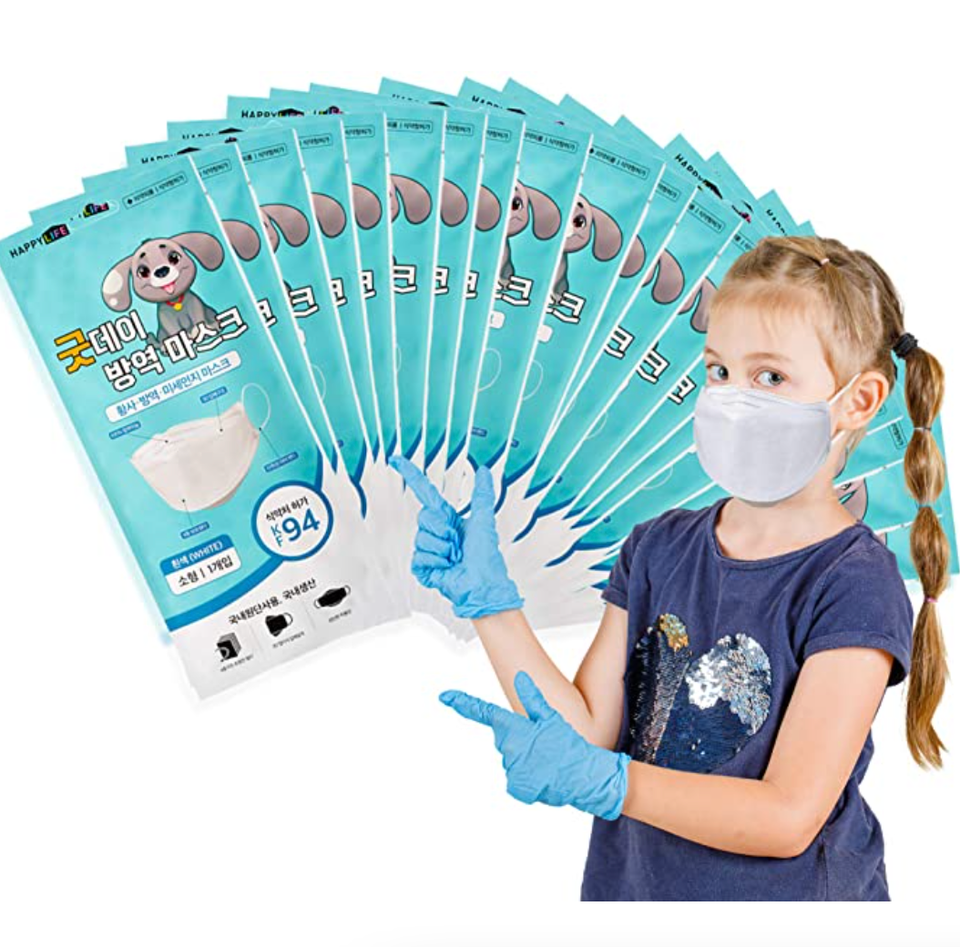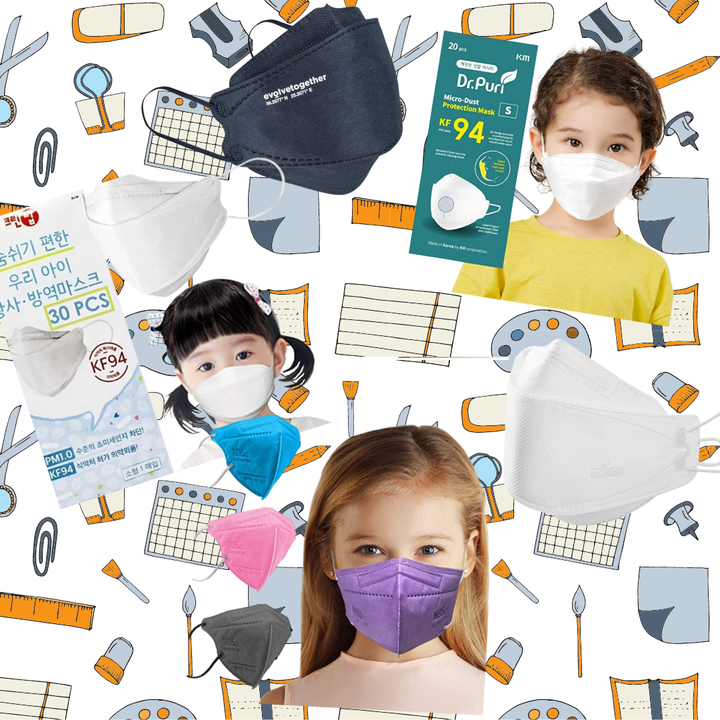
As schools around the country open — and the highly contagious delta variant continues to circulate — COVID cases among children are the highest they’ve been since the pandemic began.
Mask wearing is an important part of keeping kids, particularly those too young to be vaccinated, safe and healthy. Groups like the Centers for Disease Control and Prevention and American Academy of Pediatrics have called for universal masking in schools. They also say unvaccinated children age 2 and up should wear them anytime they’re in indoor public settings.
And some experts believe now is also the time for kids to really step up their mask game by wearing KN95 or KF94 masks, which may provide better protection by filtering out a higher percentage of very small particles.
“To me, it’s been a no brainer since day one. We have this great technology that we’ve been developing for 40 years. We should use it,” said Aaron Collins, an amateur mask tester and a parent whose 5-year-old son wears K494 masks every day.
Collins is a mechanical engineer — not a medical professional, he emphasized — but he has studied aerosols and aerosol instrumentation. He’s been sharing his tests, done in a lab he threw together in his basement, of various masks with the public on Youtube and via spreadsheets on his Twitter account. He tends to be a bigger fan of the KF94 masks (the KF stands for “Korean Filter”), which he believes meet more rigorous standards ― although mask regulation in the United States is still kind of the wild west.
But medical experts also emphasize that what’s most important is finding a mask (or masks) that really work for your particular child.
“The best masks are always going to be the ones your child will wear,” said pediatrician Krupa Playforth, who noted that the difference in particle filtration rates between non-counterfeit N95s, KN95s and KF94 masks should be pretty negligible.
“Any mask you use needs to fit snugly, and ultimately that 1% difference in filtration rate won’t be helpful if the mask is not sized right, or if your child is not wearing it,” Playforth said.
Your first priority should be optimizing comfort, so your kids will keep their mask on. Sometimes that’s about changing up the fabric, fit or adding ear-savers, Playforth said.
Other times it’s just about getting them used to wearing a mask — particularly if they haven’t all summer long. “I recommend practicing in lower stress settings and while they’re doing something they enjoy — screen time, Legos, etc.,” she urged. “Gradually work up to longer periods in the mask.”
If your child ultimately decides they’re interested in KN95 or KF94 masks, here are some recommended by Collins and others.
HuffPost may receive a share from purchases made via links on this page. Prices and availability subject to change.
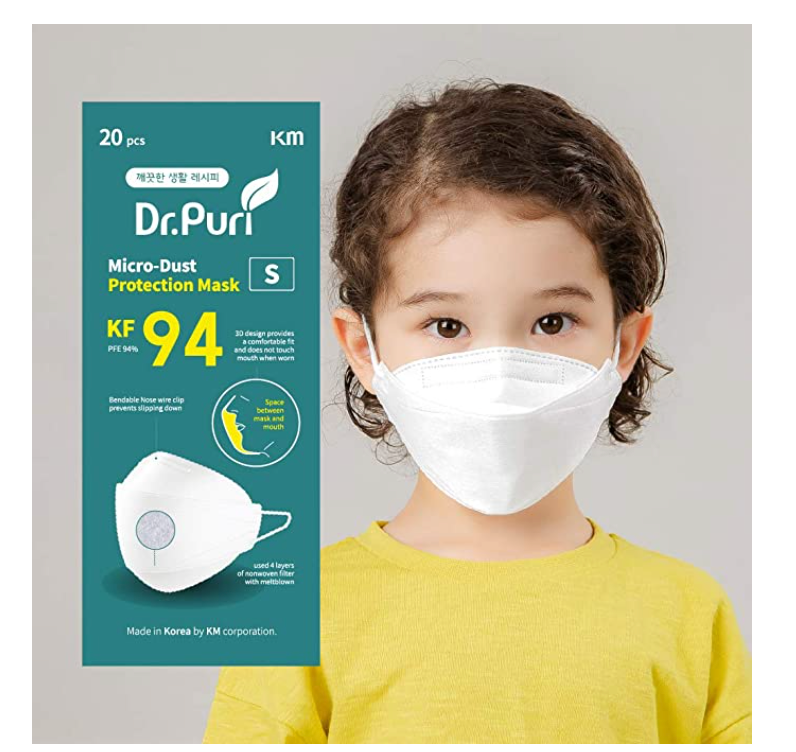
Get a pack of 20 for $26.99.
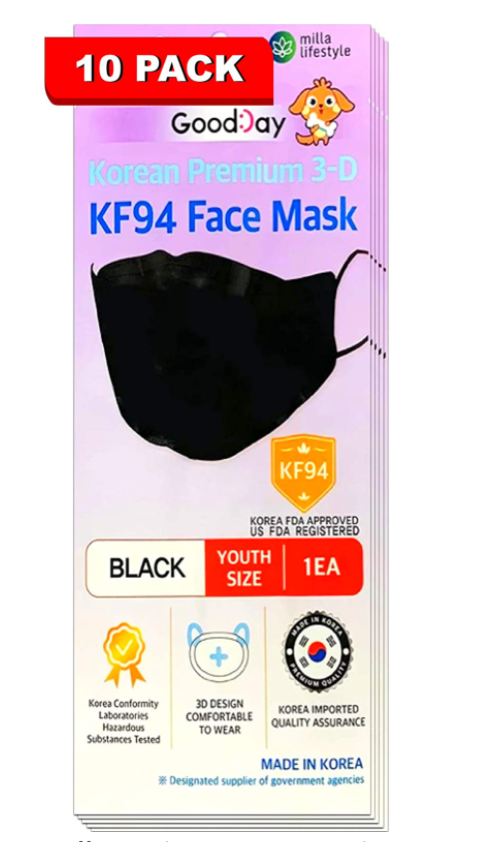
Get a pack of 10 for $17.99.
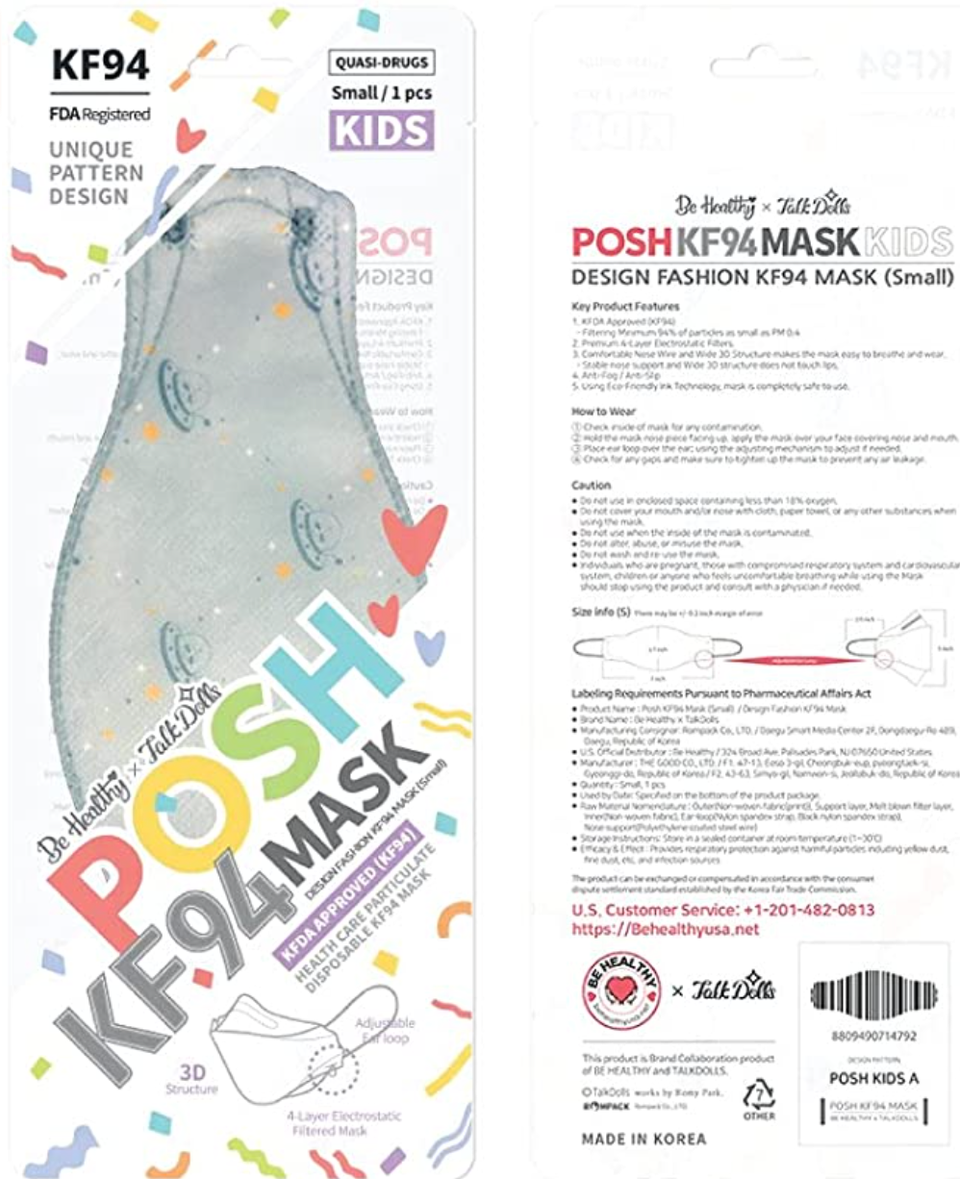
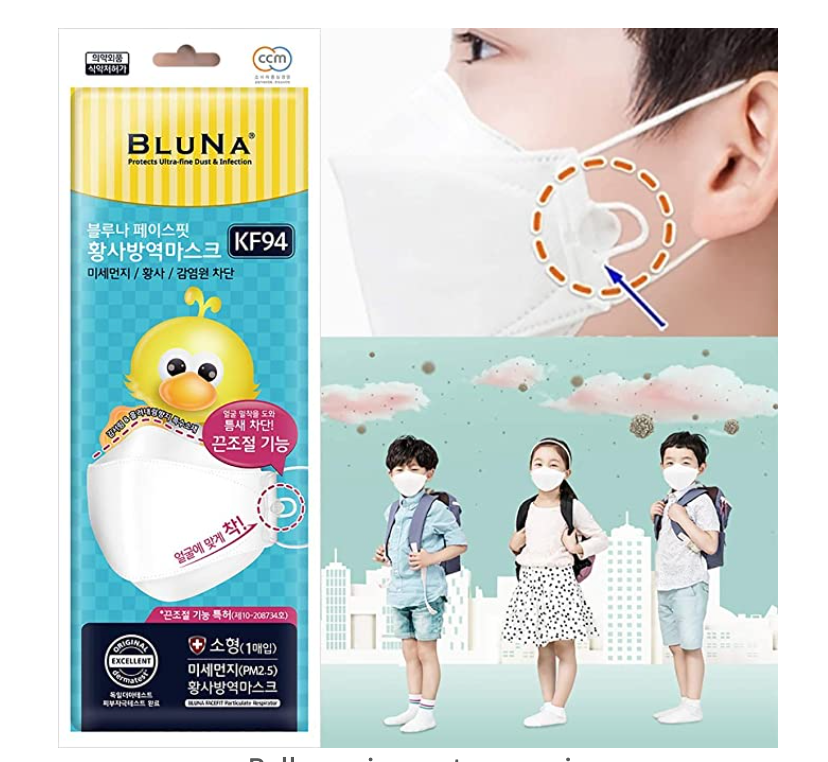
Get a pack of 10 for $24.

Get a pack of 10 for $20.
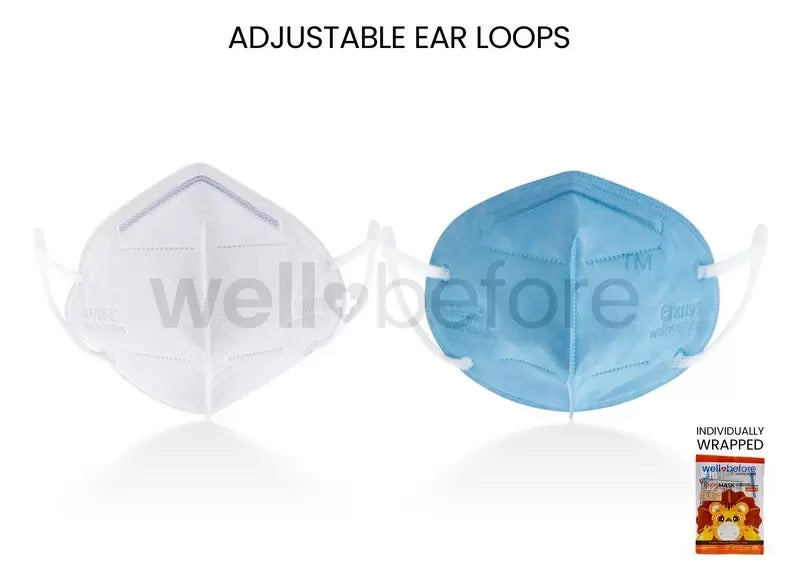
Get one for $1.49.
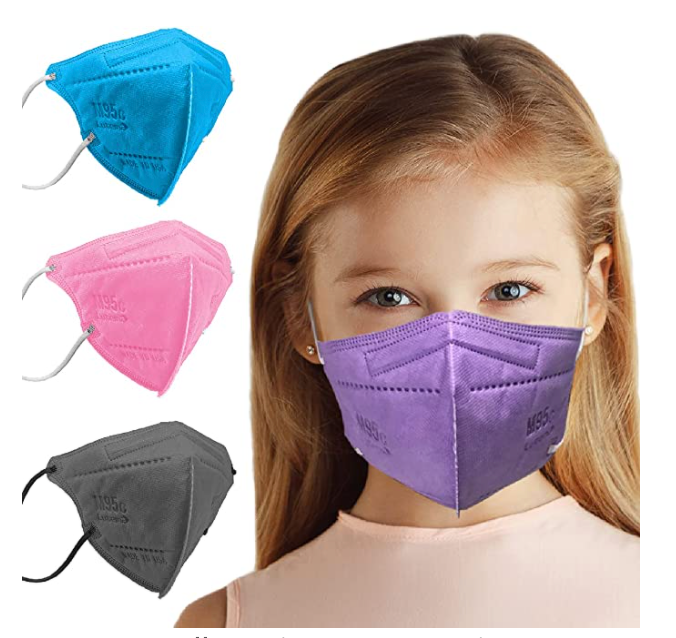
Get a pack of five for $14.99.
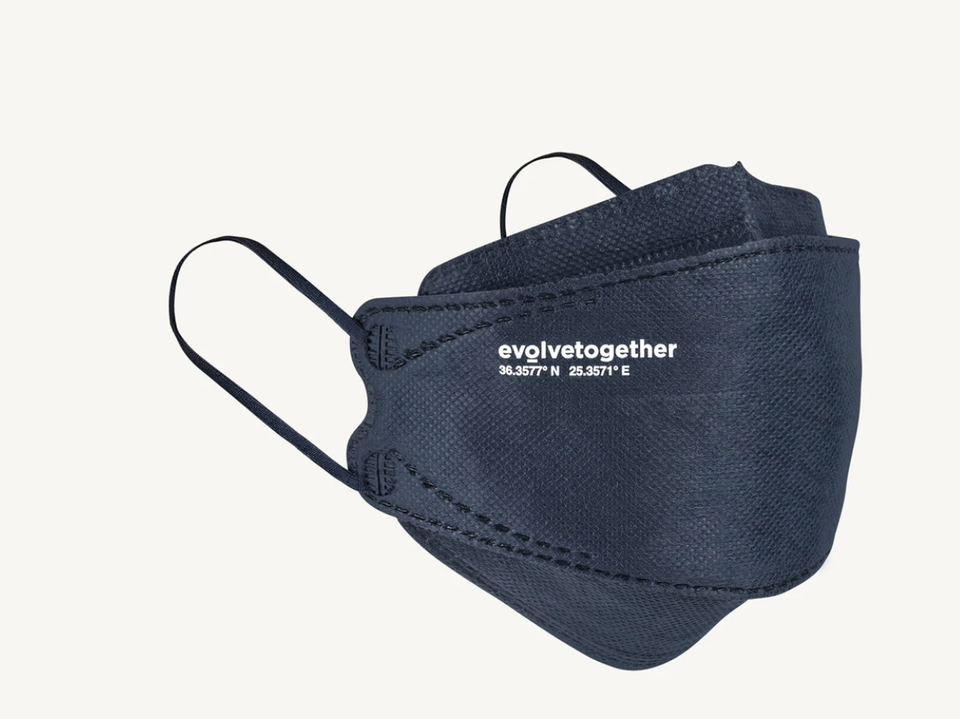
Get a pack of five for $14.95.
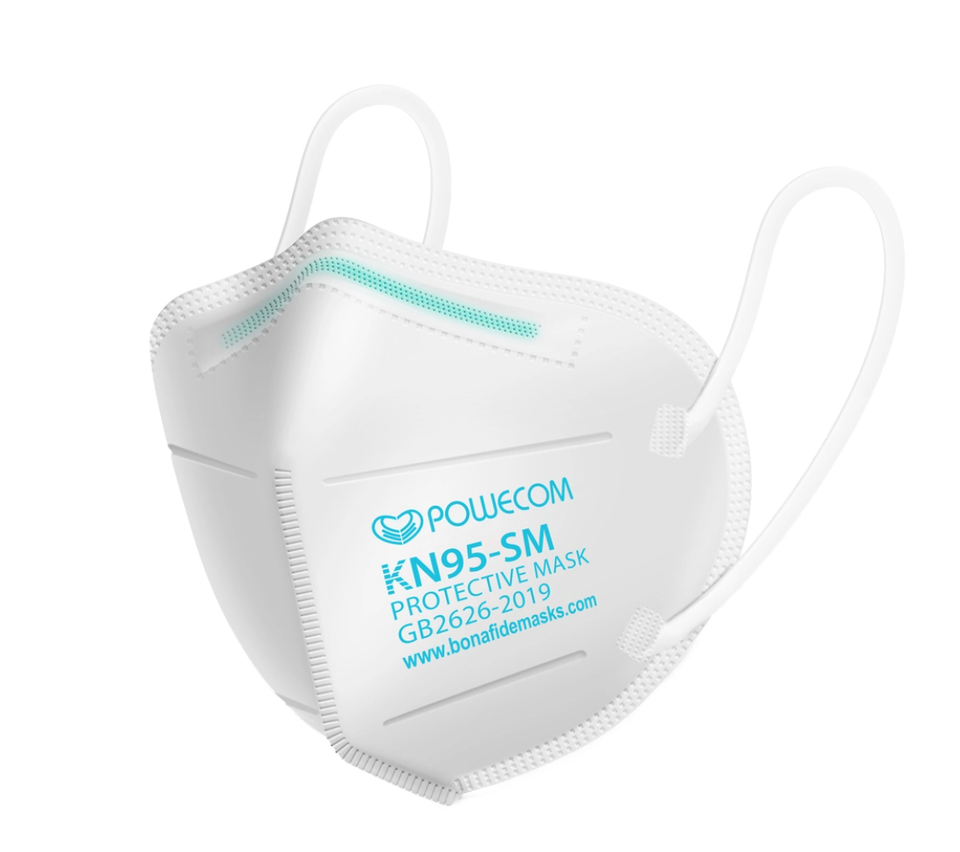
Get a pack of 10 for $12.
Below is a helpful video from Collins about what to look for in kids’ masks, and how to fit them snugly to kids’ faces:
Experts are still learning about COVID-19. The information in this story is what was known or available as of publication, but guidance can change as scientists discover more about the virus. Please check the Centers for Disease Control and Prevention for the most updated recommendations.
